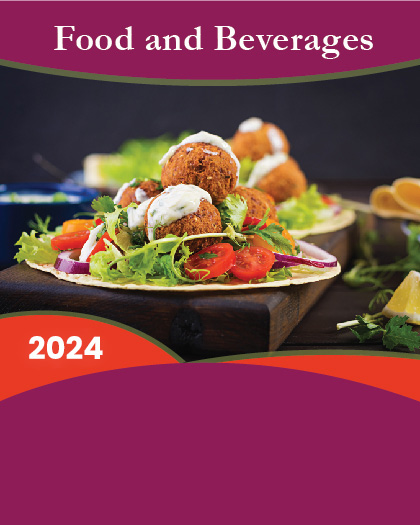
The food color market size was valued at $2.1 billion in 2019, and is estimated to reach $3.5 billion by 2027, registering a CAGR of 12.4% from 2020 to 2027. A food color is a pigment or a dye, which adds color to food items or drinks. Food colors are available in liquid, liquid gel, gel paste, and powdered forms. They find their major application in commercial food and household cooking. Food quality is evaluated on the basis of the color of the food. Food color does not always mean that the ingredients are organic, however, in few cases, it refers to less amount of ingredients used in it. The less ingredients added, the more natural the food product is. Thus, consumers demand natural and organic ingredients in food colors for better lifestyle and to minimize the risk of diseases that are caused due to artificial food colors.
The popular trend of healthy living has increased awareness among consumers about the components used in food products. In addition, consumers are often careful about choosing food products when it comes to products that are consumed by children. Thus, they have shifted their preference from food made with using chemical modifiers to natural, healthy, simple food.
The growth of the global food color market is driven by increase in demand for clean label foods and health benefits offered by natural colors. Moreover, the enhanced product appeal offered by these colors to food items boosts their demand across the globe, thereby boosting the market growth. However, the side effects associated with food colors and implementation of stringent regulations toward the use of artificial colors restrict the market growth. In addition, high cost of natural colors hampers the growth of the global market. On the contrary, increase in demand for cost-effective products are expected to provide potential opportunities for market expansion during the forecast period.
The global food color market is segmented into type, application, and region. On the basis of type, the market is categorized into natural color and artificial color. The applications covered in the study include meat products, beverages, dairy, bakery & confectionary, processed food & vegetables, oils & fats, and others. Region wise, the market is studied across North America, Europe, Asia-Pacific, and Latin America, Middle East and Africa.
The key players profiled in this report are AromataGroup SRL (Fiorio Colori SPA), Givaudan (Naturex S.A.), Kalsec, Inc., Archer Daniels Midland Company, Chr. Hansen A/S, D.D. Williamson & Co. Inc. (DDW), Dohler Group, International Flavors & Fragrances, Koninklijke DSM N.V., and Sensient Technologies Corporation.
KEY BENEFITS FOR STAKEHOLDERS
- This study provides an in-depth analysis of the Food Color market with current and future trends to elucidate the imminent investment pockets in the market.
- The report provides information regarding key drivers, restraints, and opportunities with impact analysis.
- Porters five forces analysis of industry and SWOT analysis of the key market players have been provided to illustrate the business strategies adopted by them.
- The value chain analysis of the industry highlights the key intermediaries involved and elaborates their roles and value additions at every stage in the value chain.
- The quantitative analysis of the market during the period 2020-2027 has been provided to elaborate the market potential.
KEY MARKET SEGMENTS
- By Type
o Natural Color
o Artificial Color
- By Application
o Meat Products
o Beverages
o Dairy
o Bakery & Confectionary
o Processed Food & Vegetables
o Oils & Fats
o Other
- By Region
o North America
- U.S.
- Canada
- Mexico
o Europe
- Germany
- France
- UK
- Spain
- Italy
- Rest of Europe
o Asia-Pacific
- China
- Japan
- Australia
- India
- Rest of Asia-Pacific
o Latin America
- Brazil
- Argentina
- Colombia
- Rest of Latin America
o Middle East
- Saudi Arabia
- Egypt
- Turkey
- Rest of Middle East
o Africa
- South Africa
- Nigeria
- Rest of Africa
























